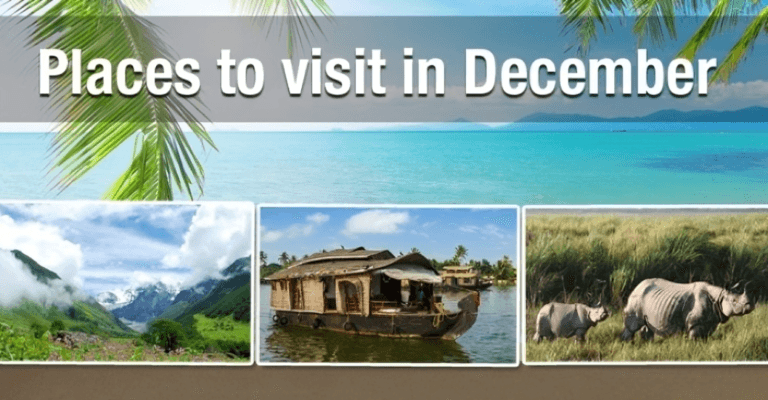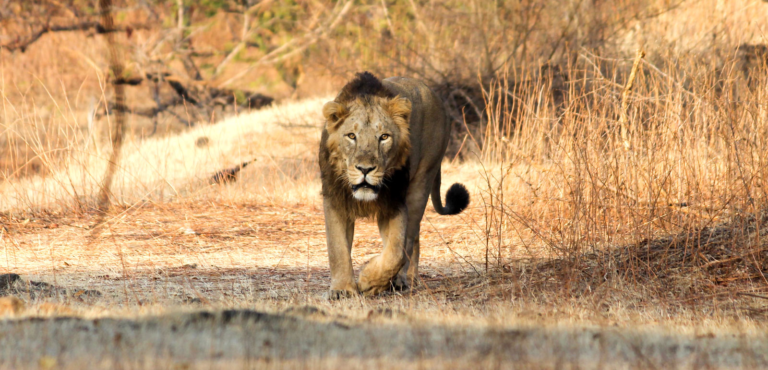Traveling for an extended period, such as six months, in Asia can be an enriching and transformative experience. The continent’s diverse cultures, cuisines, landscapes, and histories make it a fascinating destination for long-term travel. However, to make the most of this journey, careful budgeting is essential. This comprehensive guide explores the various factors influencing travel costs, providing detailed insights and practical tips for managing your finances while traveling through Asia.
Table of Contents
How Much Money Do You Need to Travel for 6 Months in Asia
Geographical Information
Asia, the largest and most populous continent, is incredibly diverse, both culturally and geographically. This diversity is reflected in the varying costs of travel across its regions:
- Southeast Asia: Known for being a backpacker’s paradise, countries like Thailand, Vietnam, Cambodia, and Laos are relatively inexpensive.
- East Asia: Countries such as China, Japan, and South Korea offer a blend of modernity and tradition but come with higher travel costs.
- South Asia: India, Nepal, and Sri Lanka provide rich cultural experiences at generally lower costs compared to East Asia.
Climate considerations also play a role in travel planning. Monsoon seasons can affect travel plans and costs, particularly in Southeast and South Asia. Understanding the best times to visit different regions can help optimize your travel budget.
Cultural Insights
Asia’s cultural richness is one of its biggest attractions. Each country offers unique customs, traditions, and lifestyles. Understanding these cultural aspects can enhance your travel experience and help you manage your budget:
- Local Etiquette: Respecting local customs can often lead to better interactions with locals, sometimes resulting in cost savings.
- Festivals and Events: Participating in local festivals can be a highlight of your trip but may also impact accommodation costs due to high demand.
Pre-Trip Planning
Effective pre-trip planning is crucial for a successful long-term travel experience:
- Research: Thorough research on destinations, costs, and travel tips can provide a solid foundation.
- Visas: Each country has its own visa requirements and costs. Some countries offer visa-free entry, while others may require multiple-entry visas.
- Vaccinations and Insurance: Health precautions and travel insurance are vital for a safe trip. The costs for these can vary significantly.
ALSO READ: How To Travel In Goa With Family
Major Cost Categories
Understanding the major categories of expenses will help you create a detailed budget:
Transportation
- Flights: Initial flights to Asia and intercontinental flights within Asia can be significant expenses. Budget airlines like AirAsia and Scoot can offer cheaper options.
- Local Transport: Trains, buses, and local flights vary in cost. Using local transport like tuk-tuks, taxis, and rideshare services can add up.
Accommodation
- Budget Options: Hostels and guesthouses are common budget accommodations.
- Mid-Range and Long-Term Rentals: For longer stays, renting apartments can be cost-effective.
Food and Drink
- Local Cuisine: Street food is often cheap and delicious.
- Self-Catering: Cooking your meals can save money, especially in countries with high restaurant prices.
Activities and Entertainment
- Tours and Excursions: Popular tourist activities can be pricey, so planning and booking in advance may offer discounts.
- Free Activities: Exploring cities on foot, visiting parks, and cultural sites can be cost-effective ways to experience local life.
Miscellaneous Expenses
- Communication: SIM cards and data plans are essential for staying connected. Prices vary widely by country.
- Daily Needs: Laundry, toiletries, and other personal items are minor but consistent expenses.
Country-Specific Budgets
Southeast Asia
Thailand
Thailand is one of the most popular destinations in Southeast Asia due to its affordability and diverse attractions. Here’s a breakdown of the average costs:
- Accommodation: $5–$20 per night for budget options.
- Food: Street food for $1–$3 per meal.
- Transport: Public transport and budget flights are relatively cheap.
Vietnam
Vietnam offers a mix of vibrant cities and serene landscapes at low costs:
- Accommodation: $5–$15 per night for budget stays.
- Food: Street food and local restaurants for $1–$3 per meal.
- Transport: Budget airlines and buses are cost-effective.
Cambodia
Cambodia is known for its affordability, especially for backpackers:
- Accommodation: $3–$10 per night for budget options.
- Food: Local meals for $1–$3.
- Transport: Affordable buses and tuk-tuks.
Laos
Laos is less developed than its neighbors but offers a tranquil travel experience:
- Accommodation: $5–$15 per night for budget options.
- Food: Local meals for $1–$3.
- Transport: Buses and boats are the main transport options.
East Asia
China
China’s costs can vary widely depending on the region:
- Accommodation: $10–$30 per night for budget options.
- Food: Local meals for $2–$5.
- Transport: Extensive and affordable train network.
Japan
Japan is known for being expensive, but careful planning can help manage costs:
- Accommodation: $20–$50 per night for budget stays.
- Food: Budget meals for $5–$10.
- Transport: Japan Rail Pass can offer savings for long-distance travel.
South Korea
South Korea offers modern amenities and rich culture at moderate costs:
- Accommodation: $15–$40 per night for budget options.
- Food: Local meals for $3–$7.
- Transport: Efficient public transport system.
South Asia
India
India is one of the most affordable destinations with diverse experiences:
- Accommodation: $3–$15 per night for budget options.
- Food: Local meals for $1–$3.
- Transport: Extensive and cheap train network.
Nepal
Nepal is known for its affordability and trekking opportunities:
- Accommodation: $5–$20 per night for budget stays.
- Food: Local meals for $1–$3.
- Transport: Buses and flights to remote areas.
Sri Lanka
Sri Lanka offers beautiful landscapes and affordable travel:
- Accommodation: $10–$30 per night for budget options.
- Food: Local meals for $2–$5.
- Transport: Trains and buses are inexpensive.
ALSO READ: Which Hawaiian Island Has Volcano Tours
Money-Saving Tips
- Travel Rewards: Using travel reward programs and credit card points can significantly reduce costs.
- Accommodation Deals: Websites like Airbnb, Booking.com, and Hostelworld often offer discounts.
- Food: Eating local and buying food from markets can save money.
- Bargaining: Learning to negotiate prices in markets and for services can lead to substantial savings.
Safety and Health Precautions
- Health Risks: Be aware of health risks like dengue fever and foodborne illnesses. Vaccinations and precautions are essential.
- Travel Insurance: Comprehensive travel insurance is crucial for long-term travel.
- Safety Tips: Stay aware of local safety advice and avoid risky areas.
Packing Essentials
- Clothing: Pack for different climates and cultural norms.
- Gadgets: Power banks, travel adapters, and a good camera are essential.
- Personal Care: A well-stocked first aid kit and personal hygiene items are crucial.
Case Studies
- Personal Stories: Real-life examples of travelers who have spent six months in Asia provide valuable insights and budget breakdowns.
Expert Insights
- Travel Bloggers: Quotes and advice from experienced travelers can offer practical tips and inspiration.
Conclusion
Traveling in Asia for six months can be a life-changing experience if well-planned. Understanding the costs, budgeting carefully, and being prepared can help you make the most of this adventure. Start planning your journey, stay flexible, and enjoy the incredible diversity Asia has to offer. (How Much Money Do You Need to Travel for 6 Months in Asia)
Another post on the topic: Exploring Natural Remedies for Potency: A Comprehensive Guide





